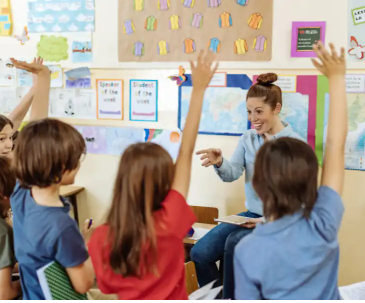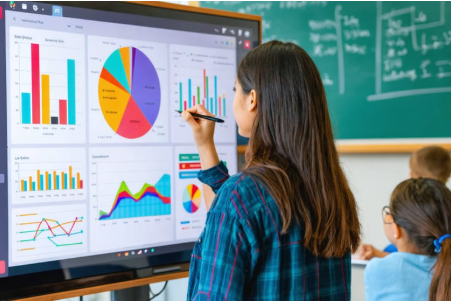The flipped classroom model is transforming the traditional learning experience by shifting direct instruction outside the classroom and using class time for collaborative, hands-on activities. With the help of education technology (EdTech), this approach becomes more efficient, interactive, and personalized.
What Is a Flipped Classroom?
In a flipped classroom, students first explore new content at home—usually through videos, readings, or educational apps. Then, when they arrive at school, class time is spent discussing, practicing, or applying what they’ve learned. This reverses the usual teaching method and makes room for deeper engagement during lessons.
Why Use EdTech for Flipping Classrooms?
EdTech tools provide flexible and accessible resources that support both independent learning and interactive classroom activities. With the right platforms, teachers can create video lessons, assign quizzes, monitor progress, and encourage student collaboration—all in one space.
Steps to Implement a Flipped Classroom with EdTech
Select the Right Content Delivery Tools
Use video platforms like Edpuzzle, Loom, or even YouTube to record or curate lesson content. Combine these with learning management systems (LMS) like Google Classroom or Schoology to distribute materials and track student engagement.Create Clear and Engaging Lessons
Keep recorded lessons short, clear, and visually engaging. Use annotations, subtitles, or embedded questions to boost understanding and maintain attention.Design Interactive In-Class Activities
Use tools like Kahoot, Quizizz, or Pear Deck to create interactive games and quizzes during class. Encourage group projects, peer discussions, and problem-solving sessions that apply the knowledge gained from home.Encourage Student Accountability
Ensure students complete the pre-class activities by integrating short reflections, quizzes, or discussion posts. EdTech tools allow teachers to check who has viewed or completed the assignments.Monitor and Adjust Continuously
Gather feedback through quick polls or online forms. Use data from EdTech platforms to identify learning gaps and adjust instruction accordingly.
Benefits of Flipping the Classroom
Active Learning: More time in class is spent doing rather than listening.
Self-Paced Learning: Students can review materials as needed at home.
Personalized Support: Teachers can assist students one-on-one during class.
Higher Engagement: Students are more involved through digital interaction and collaboration.
Final Thoughts
Integrating EdTech into a flipped classroom setup enhances learning by making it more student-centered and dynamic. With thoughtful planning and the right tools, educators can create an environment where students take charge of their learning while still benefiting from in-person support and interaction.














